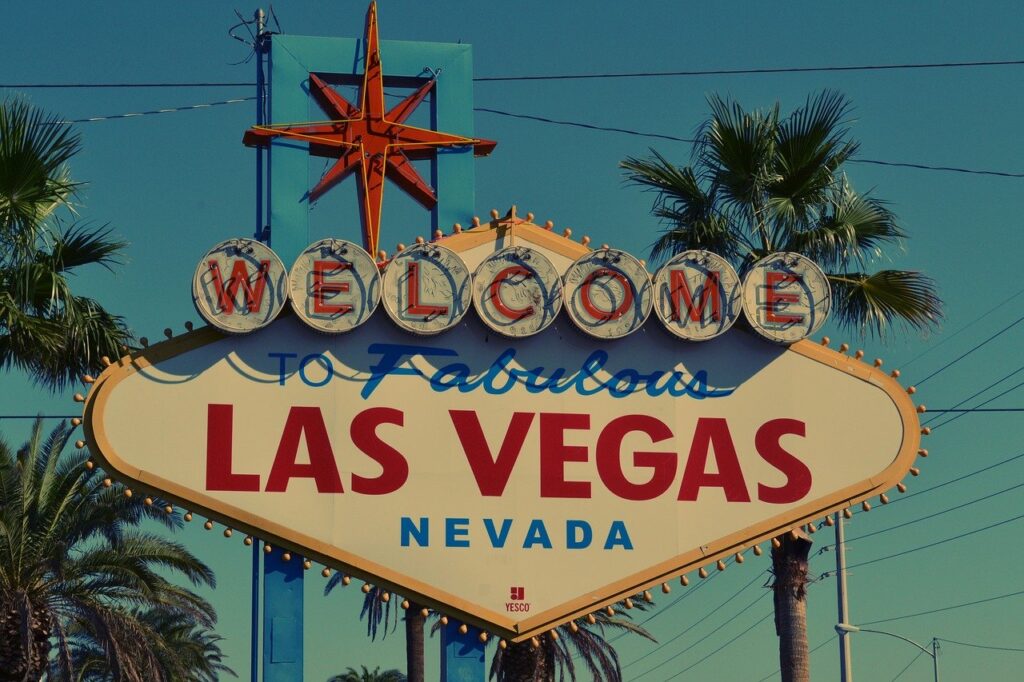Today, Las Vegas is a gambling capital, an epitome of luxury and overindulgence. Centuries ago, its land was inhabited by Native Americans. How did this remote place become a giant?
Prehistoric Las Vegas
Long before the city appeared, this was an arid desert with an oasis. The area got its name in the 19th century, when Antonio Armijo, a Mexican explorer, was making his way across the continent. That first commercial caravan became the Old Spanish Trail.
Along the route, Rafael Rivera rode in search of water and found the oasis. Las Vegas means “the meadows,” as the valley had lush greenery. Back then, nobody could imagine this would become the epicenter of glamor and entertainment, a place that would inspire the Penguin City game and other contemporary hits.
In the early 20th century, the land was frequented by Mexican and Mormon settlers who followed the Old Spanish trail during the Gold Rush. Then, in 1905, it was connected by railroad to major cities on the Pacific coast. The area boomed. Stores, boarding houses, and saloons sprung all around it. Las Vegas was officially founded on May 15th, 1905.
The Emergence of the Gambling Capital
In the beginning, Las Vegas was a real Wild West city with drinking, gambling, and prostitutes. The state of Nevada banned gambling in 1910, but bootleg casinos developed regardless. The place was notorious for its organized crime. Then, casinos became legal.
- The ban was lifted in 1931. At that time, thousands of workers flocked to Vegas to construct the Hoover Dam. New casinos and showgirls attracted the visitors.
- A decade later, the first hotel — El Rancho Vegas — opened its doors. Its success inspired businessmen and mobsters like Bugsy Siegel to open their own hotels along Highway 91, now known as the Strip.
- Most of these establishments were built on money made from drug trafficking and racketeering. Soon, Wall Street Banks and Mormon organizations began investing in the construction. Local casinos attracted tourists, partly because celebrities like Elvis Presley and Frank Sinatra performed there.
- In 1966, Howard Hughes, an eccentric billionaire, purchased the Desert Inn hotel because he did not want to leave it. He proceeded to buy over a dozen more establishments, which competed with mafia-financed hotels and casinos. By the 1980s, illegal businesses had disappeared.
- In 1989, Steve Wynn started a new trend in hotel development — the mega hotel. The businessman opened the first glamorous resort hotel in the area — the Mirage. Over the next few decades, many more projects were completed along the Strip. They were inspired by the most beautiful cities on earth, from Paris to Rome to New York. By the mid-1990s, there were over 86,000 rooms in hotels and motels in the area.
Las Vegas Now
Today, Las Vegas gets most of its revenue from casinos and hotels. The city is still thriving. It offers high-profile events, fancy restaurants, luxury golf courses, and other services for the wealthy.
